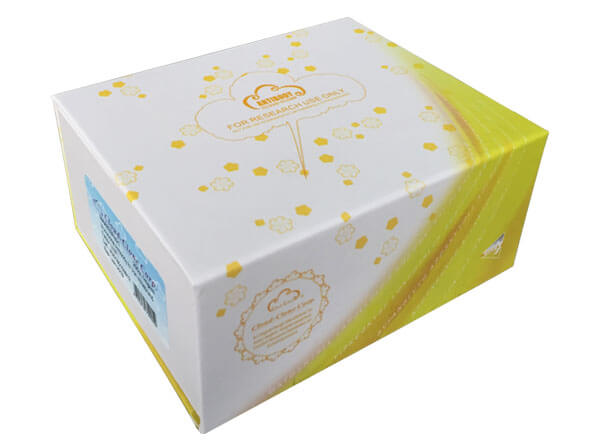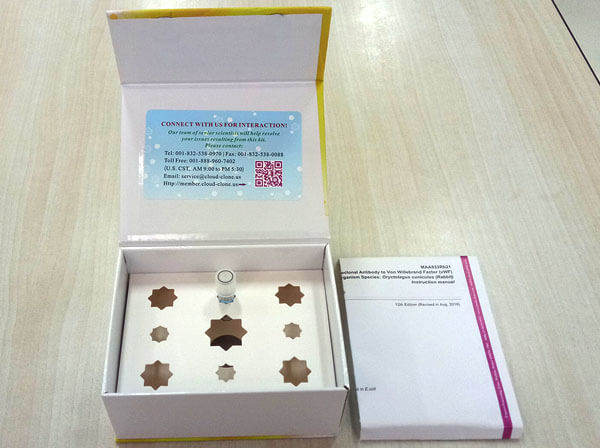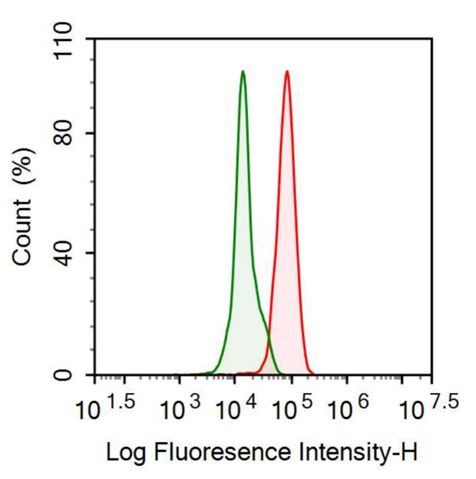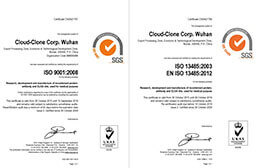Anti-Peroxisome Proliferator Activated Receptor Gamma (PPARg) Polyclonal Antibody 

PPAR-G; PPARG1; PPARG2; NR1C3; Glitazone Receptor; Nuclear Receptor Subfamily 1 Group C Member 3
- UOM
- FOB US$ 132.00 US$ 220.00 US$ 352.00 US$ 440.00 US$ 770.00
- Quantity
Overview
Properties
- Product No.FAA886Mu01
- Organism SpeciesMus musculus (Mouse) Same name, Different species.
- ApplicationsFCM
Research use only - Downloadn/a
- CategoryMetabolic pathwayEndocrinologyCardiovascular biologyDevelopmental scienceBone metabolism
- Ig Type IgG, Potency n/a
- PurificationAntigen-specific affinity chromatography followed by Protein A affinity chromatography
- LabelNone
- Excitation Laser
- Vol. per test
- Buffer FormulationPBS, pH7.4, containing 0.02% NaN3, 50% glycerol.
- TraitsLiquid
Share your citation
Upload your experimental result
Review
Leave a message
Loading...
Sign into your account
Share a new citation as an author
Upload your experimental result
Review
Please attach serial No. on instruction manual


Contact us
Please fill in the blank.
Name*
Organization
Address
E-mail address*
Telephone
Inquiry*
Verification code*

Usage
Flow cytometry: 20µg/ml;
Optimal working dilutions must be determined by end user.
Storage
Store at 4°C for frequent use. Stored at -20°C in a manual defrost freezer for one year without detectable loss of activity. Avoid repeated freeze-thaw cycles.
Giveaways
Increment services
-
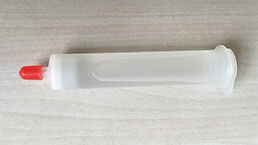 Protein A/G Purification Column
Protein A/G Purification Column
-
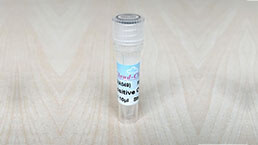 Positive Control for Antibody
Positive Control for Antibody
-
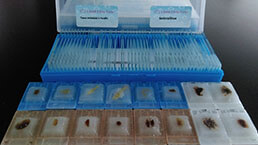 Tissue/Sections Customized Service
Tissue/Sections Customized Service
-
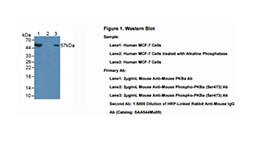 Phosphorylated Antibody Customized Service
Phosphorylated Antibody Customized Service
-
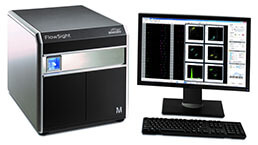 Flow Cytometry (FCM) Experiment Service
Flow Cytometry (FCM) Experiment Service
-
 Immunoprecipitation (IP) Experiment Service
Immunoprecipitation (IP) Experiment Service
-
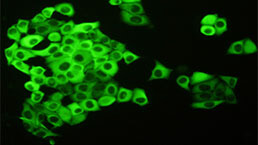 Immunofluorescence (IF) Experiment Service
Immunofluorescence (IF) Experiment Service
-
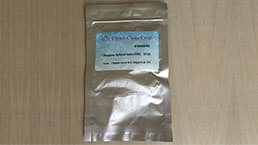 Buffer
Buffer
-
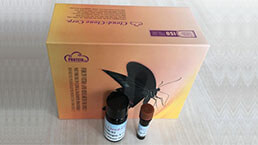 DAB Chromogen Kit
DAB Chromogen Kit
-
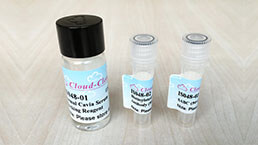 SABC Kit
SABC Kit
-
 Isotype Control
Isotype Control
-
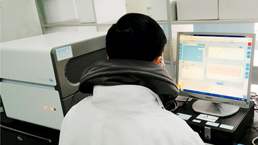 Real Time PCR Experimental Service
Real Time PCR Experimental Service
Citations
- Elevated levels of PPAR-gamma in the cerebrospinal fluid of patients with multiple sclerosisPubmed: 24021801
- Nonivamide enhances miRNA let‐7d expression and decreases adipogenesis PPARγ expression in 3T3‐L1 cellsPubmed:25704235
- Establishment of a rabbit model to study the influence of advanced glycation end products accumulation on osteoarthritis and the protective effect of pioglitazonePubMed: 26321377
- Evaluation of Protein Kinase Cβ and PPARγ Activity in Diabetic Rats Supplemented with Momordica charantiapmc:PMC4866090
- Evaluation of Protein Kinase Cβ and PPARγ Activity in Diabetic RatsSupplemented with Momordica charantia.pubmed:27190792
- Establishment of a rabbit model to study the influence of advanced glycation end productsaccumulation on osteoarthritis and the protective effect of pioglitazone.pubmed:26321377
- Unlike PPARgamma, neither other PPARs nor PGC-1alpha is elevated in the cerebrospinal fluid of patients with multiple sclerosispubmed:28483651
- Engulfment of Hb‐activated platelets differentiates monocytes into pro‐inflammatory macrophages in PNH patientsPubmed:29677388
- Simpson–Golabi–Behmel syndrome human adipocytes reveal a changing phenotype throughout differentiationPubmed:29574488
- Maternal omega-3 fatty acids and vitamin E improve placental angiogenesis in late-onset but not early-onset preeclampsiaPubmed: 31420792
- Hyperglycemia Changes Expression of Key Adipogenesis Markers (C/EBPα and PPARᵞ) and Morphology of Differentiating Human Visceral AdipocytesPubmed: 31398873
- Indomethacin and juglone inhibit inflammatory molecules to induce apoptosis in colon cancer cellsPubmed: 31916655
- In©\vitro effect of pine bark extract on melanin synthesis, tyrosinase activity, production of endothelin©\1 and PPAR in cultured melanocytes exposed to Ultraviolet?¡33960120
- TRPA1 Agonist Cinnamaldehyde Decreases Adipogenesis in 3T3-L1 Cells More Potently than the Non-agonist Structural Analog Cinnamyl Isobutyrate33403292
- Quantitative real-time measurement of endothelin-1-induced contraction in single non-activated hepatic stellate cells34343209
- Maternal Vitamin D Deficiency Reduces Docosahexaenoic Acid, Placental Growth Factor and Peroxisome Proliferator Activated Receptor Gamma levels in the Pup …34768025
- Melatonin attenuates cisplatin-induced acute kidney injury in mice: Involvement of PPARα and fatty acid oxidationPubmed:35367536



